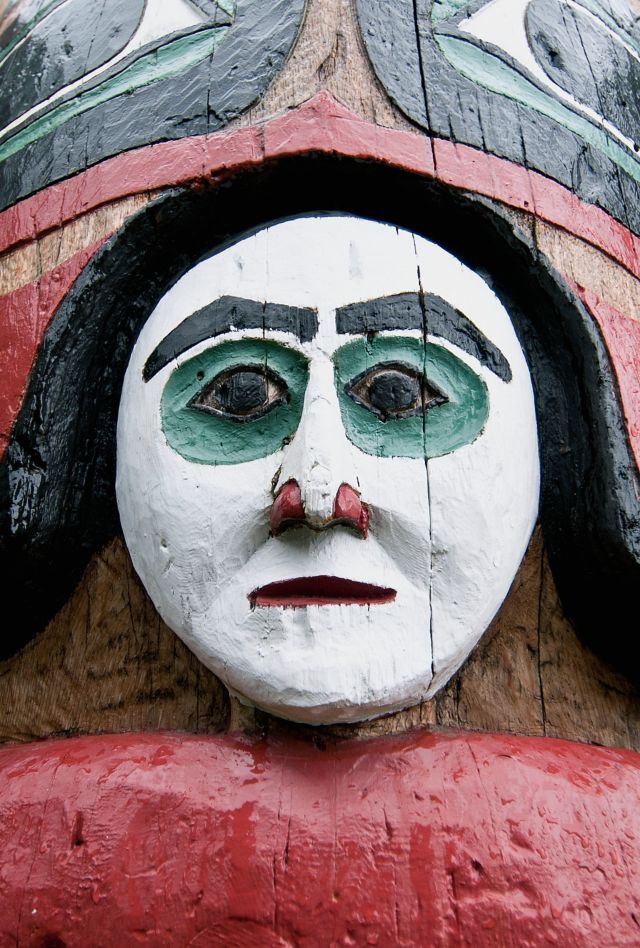Brightening the Spotlight: Native Creators in the Performing Arts

Native American communities deeply respect and value music, theater, dance, and other performing arts. Yet for the creators of these works, finding funding, opportunities, and respect within the Western art world can pose unique challenges. First Peoples Fund, a nonprofit organization that strengthens Native communities through arts and culture, commissioned NORC at the University of Chicago to partner on a study shedding light on the performing arts practices and needs of Native creators. The study underscores the importance of centering Native creators’ perspectives as the broader performing arts sector emerges from the COVID-19 pandemic and grapples with how to begin anew.
With funding from the Doris Duke Charitable Foundation, First Peoples Fund commissioned NORC to conduct in-depth interviews with 46 Native American, Native Hawaiian, and Alaska Native creators and experts across the country. Interviews and data analysis were conducted by a collaborative research team composed of researchers from NORC and Native researchers. Interviewees represented a broad cross-section of creative forms, geographic locations, and years of experience with performance-based practices.
Creators described their motivations for engaging in performance-based practices, the challenges they experience in making and sharing their work, and the resources and systemic changes they want to see. For instance, they expressed difficulty in fitting into such Western art descriptions as “traditional,” “contemporary,” and even “performer,” which made applying for grants and forging partnerships with performing spaces harder.
This report, “Brightening the Spotlight: The Practices and Needs of Native American, Native Hawaiian, and Alaska Native Creators in the Performing Arts,” was written for a broad readership but is explicitly targeted at funders and presenting organizations within the performing arts sector so they can understand how to better support Native creators. Interviewees’ perspectives were distilled into several recommendations. They included streamlining funding applications and eligibility criteria, making applications more culturally responsive, evaluating outcomes to confirm that funds ended up benefiting Native communities, and supporting Native creators’ autonomy.





